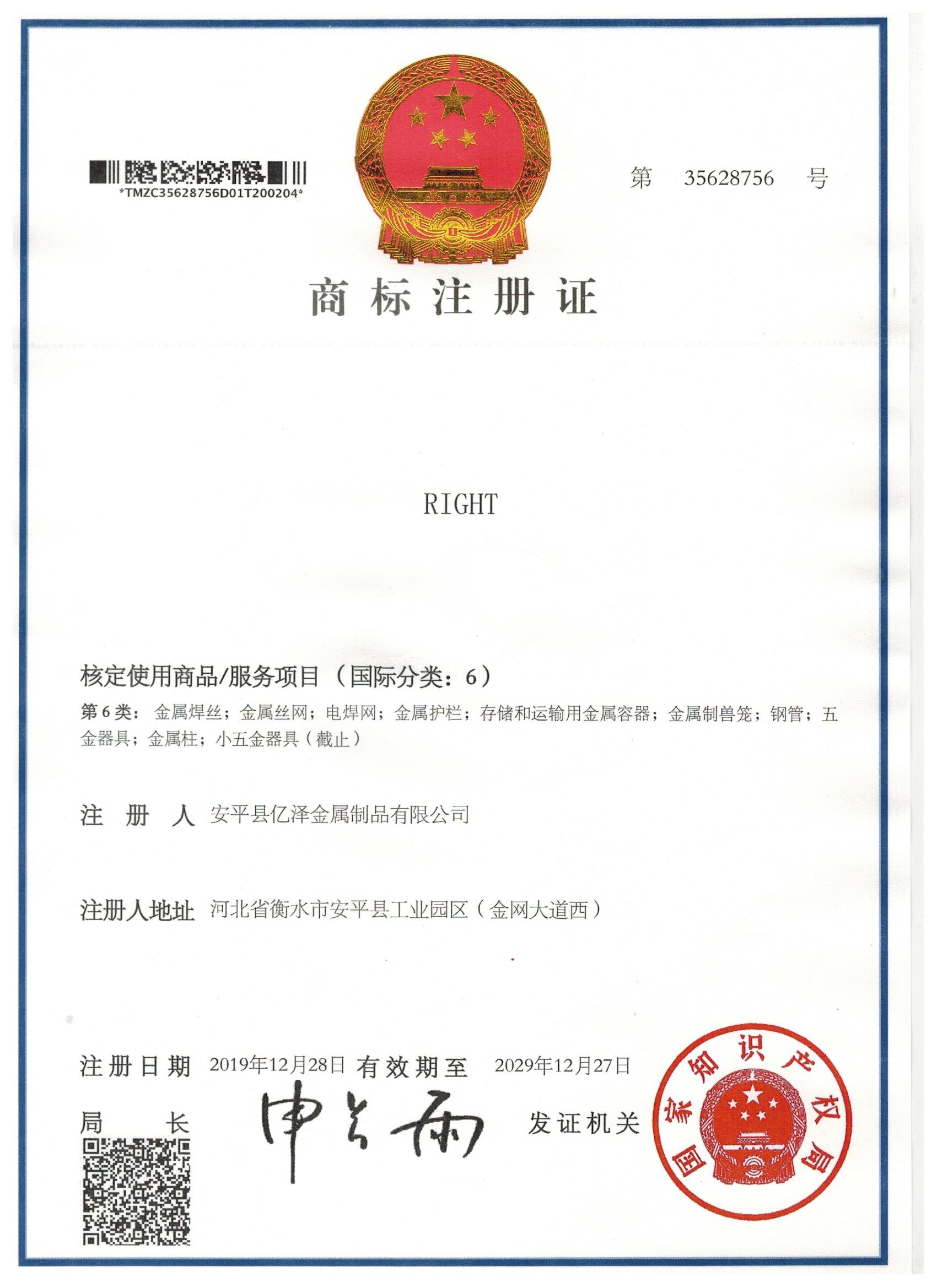laser aluminum cutting machine
Oct . 12, 2024 07:35 Back to list
laser aluminum cutting machine
The Advancements and Applications of Laser Aluminum Cutting Machines
In the realm of modern manufacturing, laser cutting technology has made significant strides, particularly in the processing of aluminum—a material esteemed for its lightweight, durability, and versatility. Laser aluminum cutting machines have emerged as a vital tool in various industries, enabling precise cuts, intricate designs, and efficient production processes.
Understanding Laser Cutting Technology
Laser cutting works by directing a high-powered laser beam onto the material surface. The intense heat generated by the laser melts or vaporizes the metal along the intended cutting line. This technology offers numerous advantages over traditional cutting methods, such as increased precision, reduced material waste, and the ability to achieve complex geometries with minimal effort.
When it comes to aluminum, laser cutting is particularly advantageous. Aluminum sheets are often used in aerospace, automotive, construction, and electrical industries, where precision and quality are paramount. The adaptability of laser machines allows manufacturers to customize their processes to meet specific requirements, resulting in a streamlined workflow and enhanced product quality.
Advantages of Laser Aluminum Cutting Machines
1. Precision and Accuracy One of the most significant benefits of using laser cutting machines is the level of precision they offer. The laser beam can be controlled with remarkable accuracy, resulting in clean edges and tight tolerances, essential for applications like aerospace components and intricate electronic enclosures.
2. Versatility Laser cutting technology is not limited to straight cuts; it can produce a variety of shapes and designs. This versatility makes it ideal for creating detailed engravings, perforations, and unique profiles in aluminum, catering to the diverse needs of different industries.
3. Speed and Efficiency Laser cutting techniques are significantly faster than traditional methods. The continuous operation capability allows manufacturers to increase their production rates while maintaining quality, ultimately leading to lower operational costs.
4. Minimal Material Waste With its ability to cut with a narrow kerf, laser cutting minimizes material waste, making it a more environmentally friendly option. This efficiency not only saves resources but also reduces costs associated with material purchase and disposal.
laser aluminum cutting machine

5. Automation and Integration Modern laser cutting machines often come equipped with automation features, including computer numerical control (CNC). This integration allows for seamless workflow automation, enabling manufacturers to operate more efficiently and reduce labor costs.
Applications in Various Industries
The versatility of laser aluminum cutting machines means they find applications across various sectors
- Aerospace In the aerospace industry, precision and weight are critical. Laser cutting machines are employed to manufacture structural components that meet rigorous safety standards without adding unnecessary weight.
- Automotive The automotive sector uses laser cutting for manufacturing parts like body panels, brackets, and fixtures. The speed and precision of this technology help streamline production processes while ensuring high-quality components.
- Electronics The electronics industry relies on laser cutting for circuit boards, housings, and connectors. The ability to create intricate designs with minimal error is invaluable in technology that requires tight tolerances.
- Construction In construction, laser cutting machines are used for architectural components, signage, and decorative panels. Their ability to cut through aluminum quickly and cleanly has revolutionized the way builders approach design and fabrication.
Conclusion
In summary, laser aluminum cutting machines represent a cornerstone of innovation in manufacturing, providing unmatched precision, speed, and efficiency. As technology advances and industries evolve, the potential applications for laser cutting in aluminum processing will continue to expand, making it an essential tool in modern fabrication and design. Whether in aerospace, automotive, electronics, or construction, the ability to achieve high-quality results with laser cutting will undoubtedly propel these sectors into a more efficient and creative future.
-
Hot Sale 24 & 18 Door Rabbit Cages - Premium Breeding Solutions
NewsJul.25,2025
-
Automatic Feeding Line System Pan Feeder Nipple Drinker - Anping County Yize Metal Products Co., Ltd.
NewsJul.21,2025
-
Automatic Feeding Line System Pan Feeder Nipple Drinker - Anping County Yize Metal Products Co., Ltd.
NewsJul.21,2025
-
Automatic Feeding Line System - Anping Yize | Precision & Nipple
NewsJul.21,2025
-
Automatic Feeding Line System - Anping Yize | Precision & Nipple
NewsJul.21,2025
-
Automatic Feeding Line System-Anping County Yize Metal Products Co., Ltd.|Efficient Feed Distribution&Customized Animal Farming Solutions
NewsJul.21,2025






